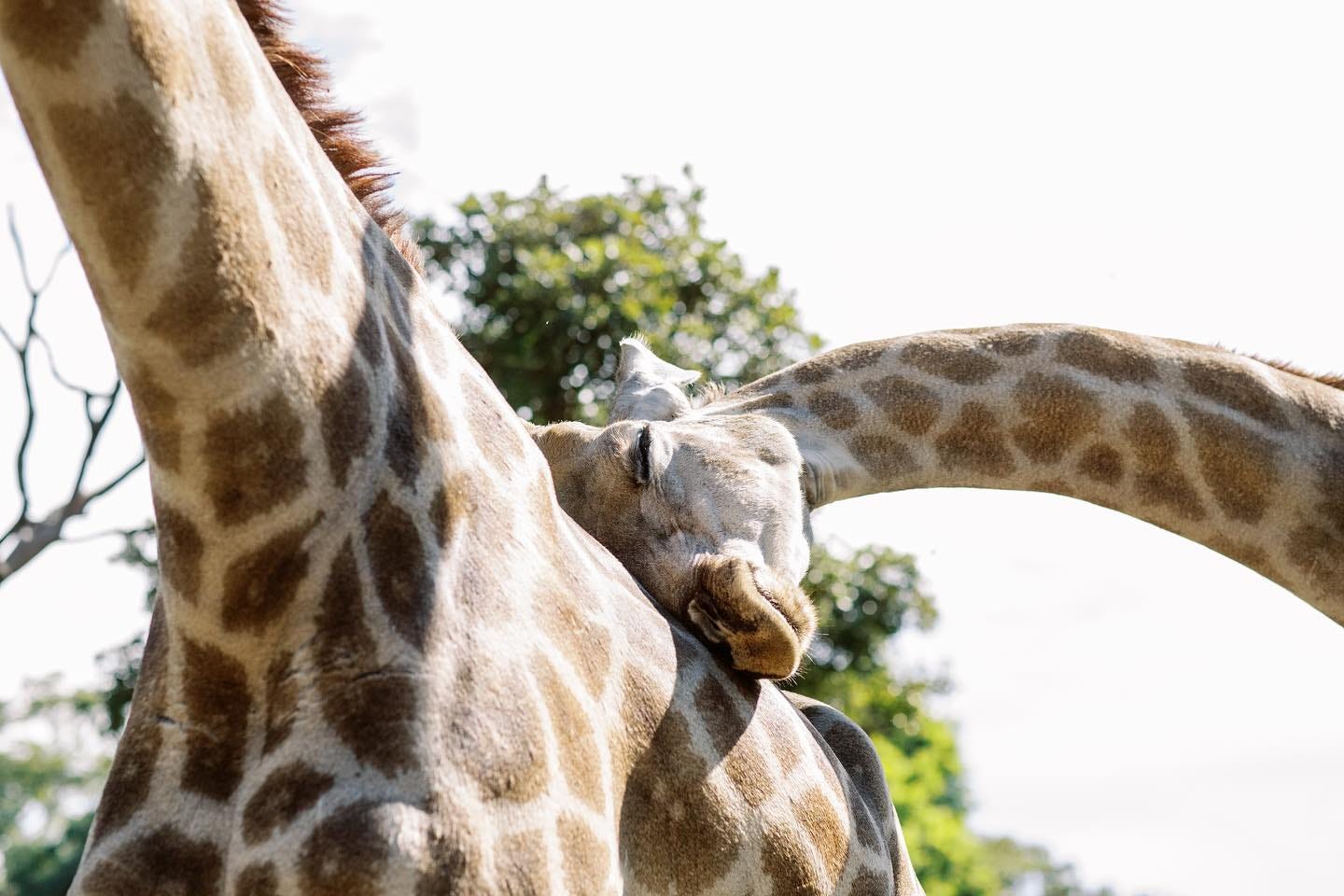‘Renunciation’ is an important concept in Tibetan Buddhism. Often, it marks the start of our inner journey. But what is it? The ‘sackcloth and ashes’ idea we have of renunciation in the West actually has nothing to do with it.
In this seven minute video I introduce the concept of renunciation.
Main points:
Renunciation is defined as “turning away from the true causes of our suffering” or “abandoning the true causes of our suffering.”
There are parallels between Cognitive Behaviour Therapy (CBT), among the most widely practiced forms of therapy today, and Buddhism, in diagnosing the causes of suffering. Instead of focusing on external factors such as a relationship breakdown, financial disaster or health problem, the focus is on our thoughts, beliefs and attitudes about that external cause. These are the true causes of our suffering. And unlike external factors, they can more readily be changed.
Meditation is central to Buddhism because it empowers us to observe our own minds directly. We can’t manage thoughts we don’t even monitor. As regular meditators, we become more effective thought managers, better able to let go of negative thoughts and attitudes that cause us pain.
Meditation also opens the door to us experiencing the nature of our mind free from thoughts, which is boundless, radiant and tranquil. The more we do this, the more our sense of identity naturally shifts. We identify less with the being that experiences pain are are ready to begin a journey of inner growth.
So, Buddhists see suffering as a potentially use-able: a doorway to renunciation, and a more transcendent - and accurate - view of reality.
Renunciation isn’t something that happened to us once, and started us on our the path. The ongoing experience of samsaric disatisfaction is also used to energise our practice.
Renunciation is symbolised as a lotus flower. Buddha images and statues are traditionally shown sitting on a lotus because enlightenment is only possible with renunciation.
No mud, no lotus!
As a subscriber to this newsletter, you are generously helping support the work of Wild is Life and ZEN, in Zimbabwe. ZEN stands for Zimbabwe Elephant Nursery, and I often share images of the elies, which are favourites of many readers.
Today, by way of a change, here are some pics of other animals from the Wild is Life team:
Love and light! Giraffes were originally known as ‘cameleopards’ because when they were first seen by seventeenth century European explorers, they were believed to be a cross between camels and leopards!
Hyenas are cute-looking creatures, whose bad reputation is uncalled for. They don’t scavenge any more than lions, and the way they crunch through bones is a very important part of recycling calcium in the eco system. Not that you want to get too close to one!
James, the handsome young zebra. Are Zebras white out of black, or black out of white? Did you know that no two Zebra patterns are the same - they’re as unique as human fingerprints.















Share this post